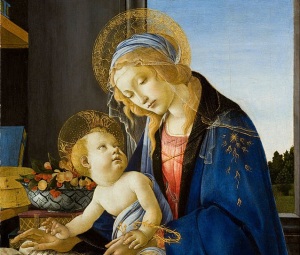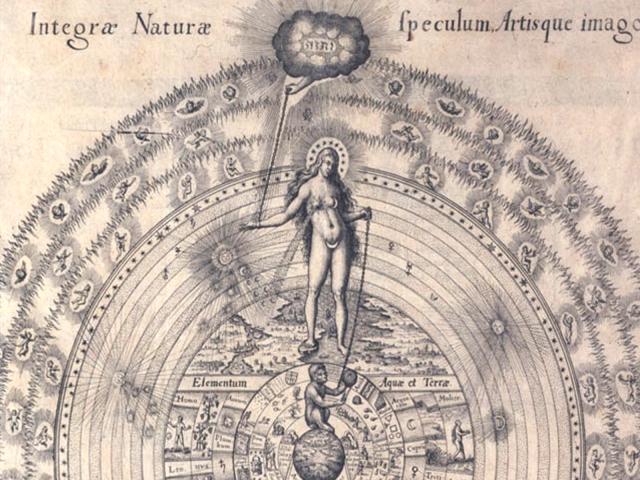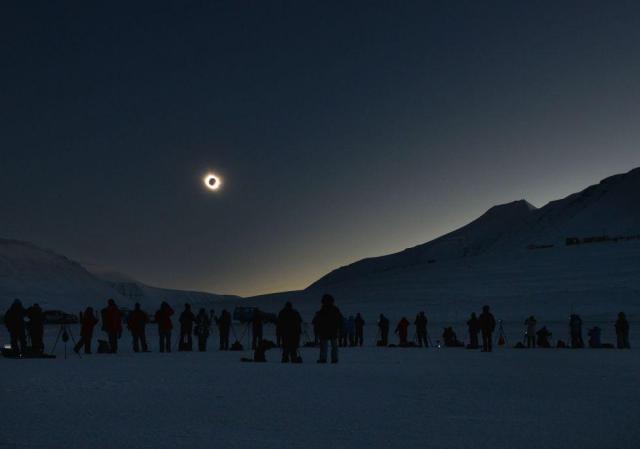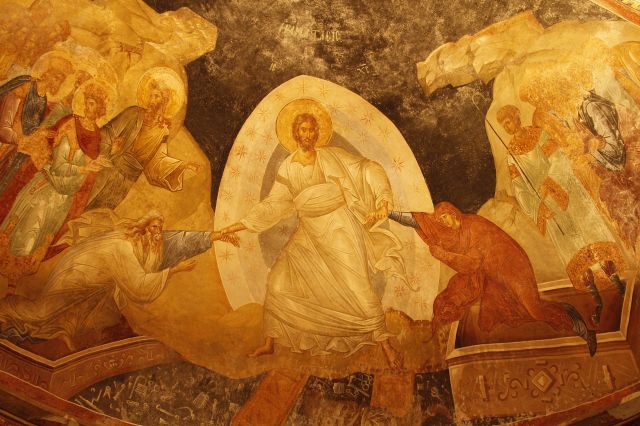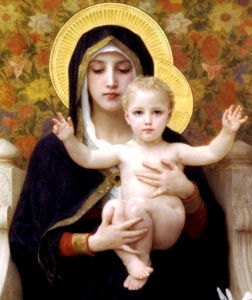INTRO
Little known are the numerical harmonics of the Lord’s Prayer, which is magnificently constructed according to a septenary structure. In effect, the Lord’s Prayer comprises ten clauses in which seven individual requests are made, divided into three requests concerning God and four concerning man.
The first set of 3 belong to the Trinity, and correlate to the divine world, while the second set of 4 belong to the classical four elements, and hence relate to the terrestrial domain. One understands then the full value of the ‘rhythm’ given to the prayer through the numerical harmonics of 3 + 4 = 7, which is that of Creation itself according to Genesis.
On the other hand, this above structure corresponds directly to the seven Christian virtues, which are comprised of the three theological virtues and the four cardinal virtues, corresponding to the divine and human spheres respectively.
Also to understand is that the number seven, and compounds, is the most mentioned number in the Bible, standing for spiritual perfection. For example, the birth name of Jesus Ιησους is composed of 6 letters (i.e. the human number), while his divine title Christ Χριστος – “The Anointed One of God” – contains the spiritually perfect 7 letters.
THE POWER OF SEVEN – SPIRITUAL GLORY
The ten clauses of the Lord’s Prayer are as follows:
Our Father, who art in heaven, [X]
Hallowed be Thy Name; [Faith]
Thy Kingdom come; [Hope]
Thy Will be done on earth, [X]
As it is in Heaven; [Charity]
Give us this day our daily bread; [Strength]
And forgive us our trespasses [X]
As we forgive those who trespass against us; [Justice]
And lead us not into temptation, [Prudence]
But deliver us from evil. [Temperance]
Another interesting correspondence is that which derives from the geometric construction corresponding to 7, namely a triangle, 3, symbol of the divine, over a square, 4, symbol of the earth. This figure represents the section of the ‘pointed cubic stone’, the symbolic piece that played a major role in the artisanal organisations of builders.
It is easy to understand this figure’s message; the square of the cardinal virtues, solidly established and unshakeable, is the indispensable base and support enabling the individual to ascend to the triangle that points towards heaven, that is to say enter the divine world by way of the three theological virtues. Thus, through its numerical structure, the Lord’s Prayer reveals to us that it is the perfect act of piety summing up the whole process of sanctification and salvation.
THE POWER OF TEN – THE UNIVERSE
The number 10 is the second of the perfect numbers, and signifies the perfection of Divine order, commencing an altogether new series of numbers every ten increments. In effect the number ten is the ruler of all kingdoms or typologies to come, with its point of origin found in the initial ten assertions contained in the Lord’s Prayer.
The significance of ten as a universal number has been noted since at least Classical times. Pythagoras knew it as a symbol of cosmic / social order, represented as an ‘X’, and divided into four parts or castes. Often it was pictorialized as a triangle, with one point or locus at the top, and four at its base.
The Monad (1) is God, The Dyad (2) is Good and Evil, The Triad (3) is Parents and Child, and The Quadrad (4) is Society. The Monad represents God as fulfilling the intent of all the words people say, the Dyad represents the Law of Balance, the Triad is the immortality of Society, and the Quadrad means Society is God in the unity of all social castes.
The above synthesis is replicated in the Bible in altogether different terms via the Ten Commandments, given to Moses so to establish corrective order in his own nation. It is little surprise that Yahweh revealed his divine name to Moses through the Law in what has long been symbolic shorthand for ‘the universe’; i.e. a mountain; on Mount Sinai.








